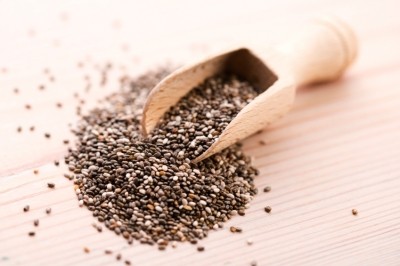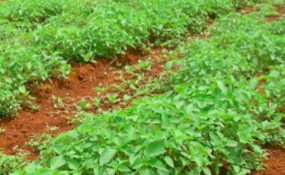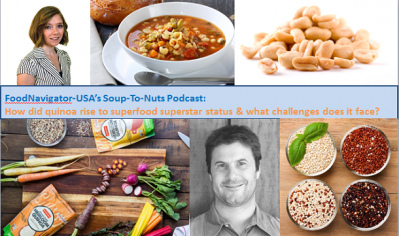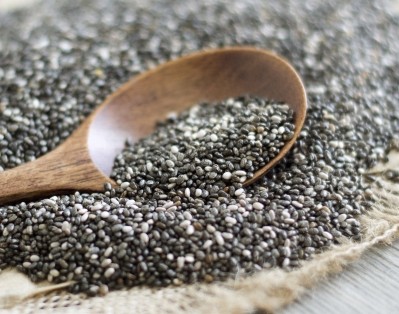Securing long term supply key to success in chia, quinoa spheres, marketer says
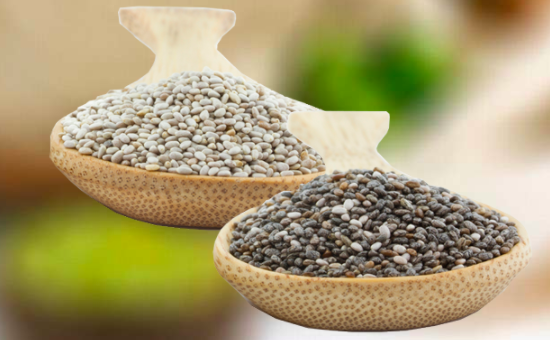
Juan Pablo Altamirano, sales manager of Gold Foods USA, told FoodNavigator-USA that supply disruptions have plagued the chia and quinoa spheres. The superfood marketing aspect of these traditional foods has been successful to the point that there have been sharp, rapid spikes in demand. This, in turn, leads farmers in certain regions, such as Mexico, to bring new acreage rapidly on line.
Supply fluctuations
“In 2014 in chia we saw more than 200,000 new acres of chia planted, and we were in oversupply. The price fell, and many producers left the market, so now we expect to be in shortage. Over time, the market is finding the the right suppliers and right customers and they are making agreements for long term supply,” Altamirano said.
It’s also true that within the supply of more established grains, such as corn, wheat or soy, there are spikes and dips and acreage comes into and leaves the market. But these markets are huge, and have a long history, so these fluctuations are dampened down, and while the prices and supplies continue to rise and fall, they tend to do so within a reduced, more predictable range.
Markets seen as systems
In a way, this could be seen as merely a function of the immaturity of the markets for chia and quinoa. Markets share certain features with other systems, which in general tend to gravitate toward a mean over time. This concept was illustrated in a famous essay by the late, widely published Harvard paleontologist Stephen Jay Gould. His essay, one of a number he wrote about baseball statistics, took on the question of why there are no more .400 hitters in baseball. He likened this disappearance to the way that natural systems evolve over time, in which when a new ecological niche opens up, the fossil record shows that multiple body forms and modes of life appear. Over time this variability drops away and systems tend to become more uniform, with fewer outliers such as the .400 hitter.
Gold Foods, which has been developing supply relationships with farmers in Bolivia, was fairly newly established in the US market to secure a more face-to-face contact with customers, Altamirano said. The company has a long history in the South American market with various superfood ingredients, he said.
“We started selling chia a lot of chia to Europe and to Japan and Australia. We started selling chia and quinoa to the US about 5 or 6 years ago, and we decided to establish Gold Foods USA to more rapidly grow our business,” Altamirano said.
New aspects of grains
Altamirano said the story with chia has been developing over time as customers start to understand the seeds varied properties.
“At first with chia it was all about the omega-3 content,” he said. “with quinoa it was always about protein as it is the most important source of protein in the cereal world. But now chia is being grown that is between 20% and 25% protein, so now chia is being sold for its good source of high quality protein.”
To highlight the versatility of quinoa and its potential for snack and breakfast food applications, Gold Food showed demonstration products such as quinoa puffs and quinoa flakes at the recent Natural Products Expo East trade show in Baltimore, MD. Altamirano said that finding new applications for the whole grains and fractions thereof will help to keep the demand curve for these grains rising, especially for chia.
“The demand for chia grows year by year by about 20 to 25 % per year. When the market discovers the potential of the protein in chia, we expect that demand to grow even more,” he said.
Free forum on protein
Interested in protein? Tune into our FREE, 60-minute online PROTEIN forum on November 4.
